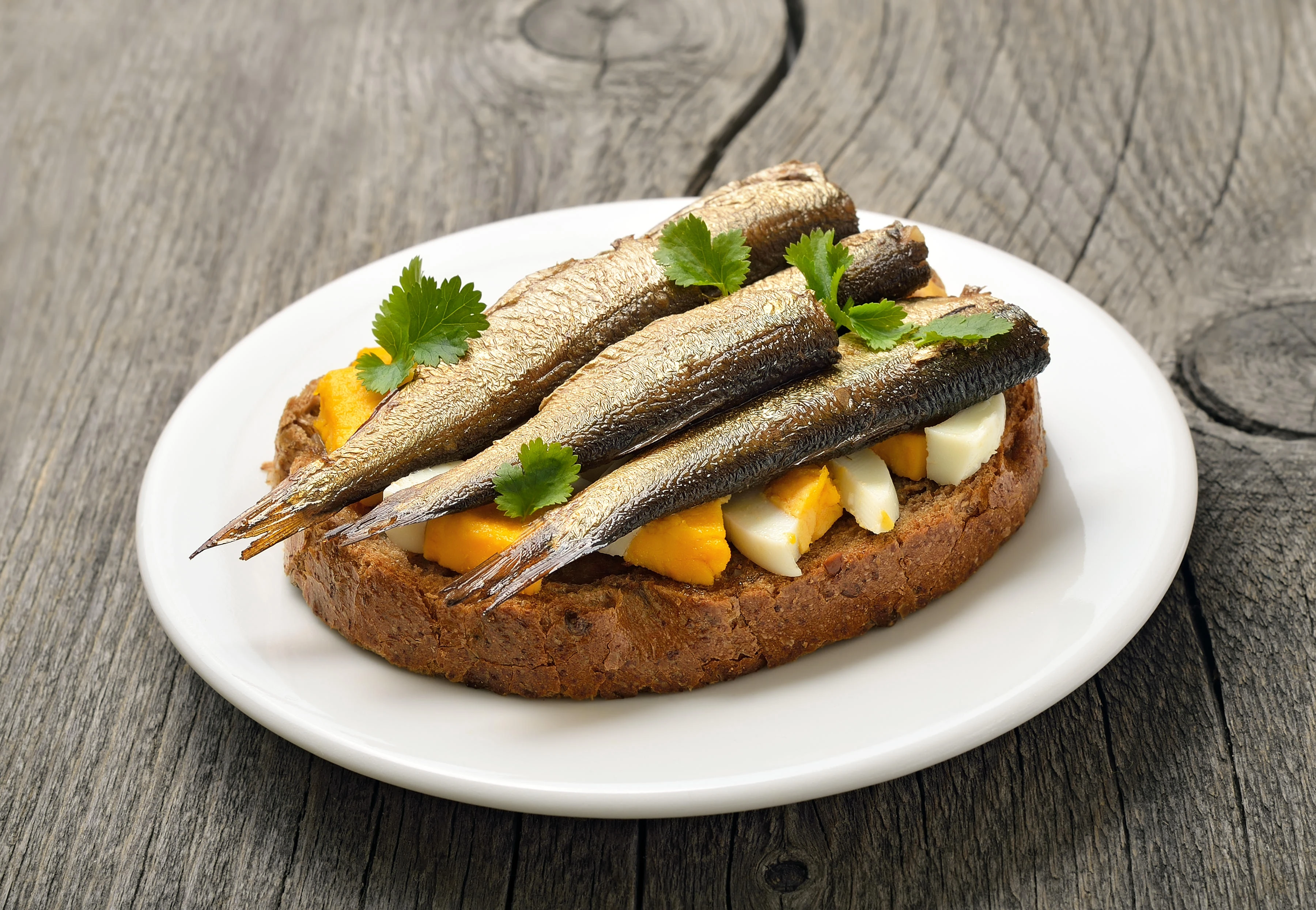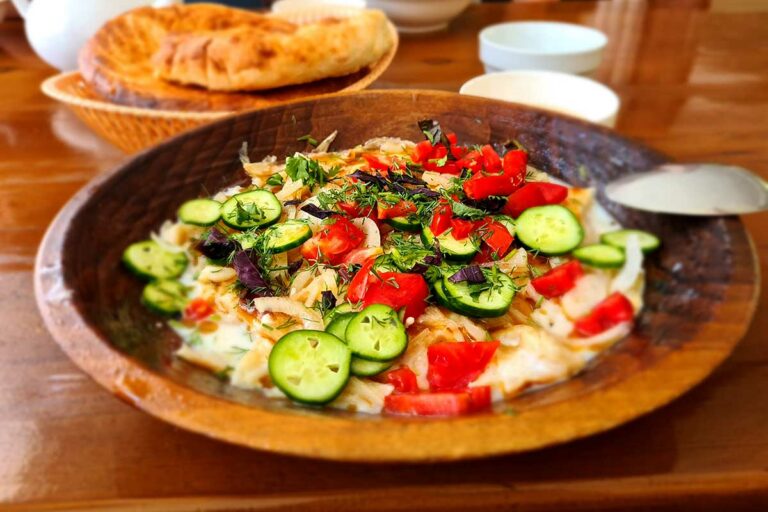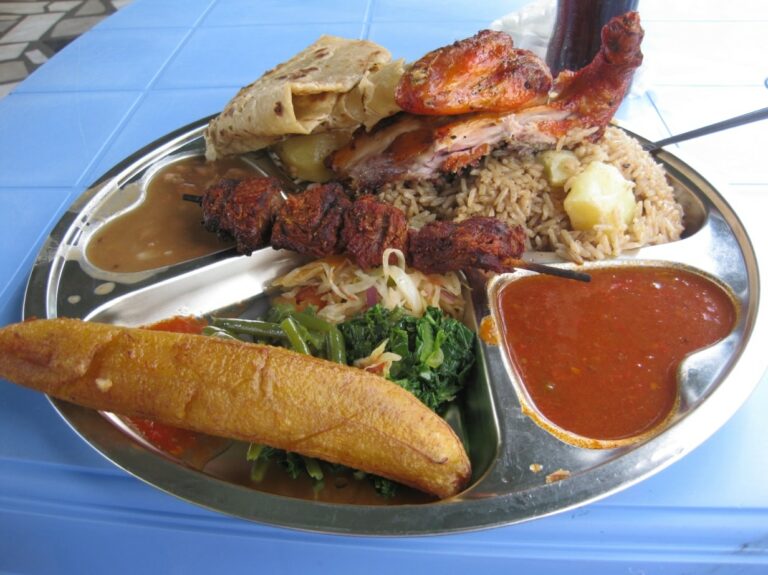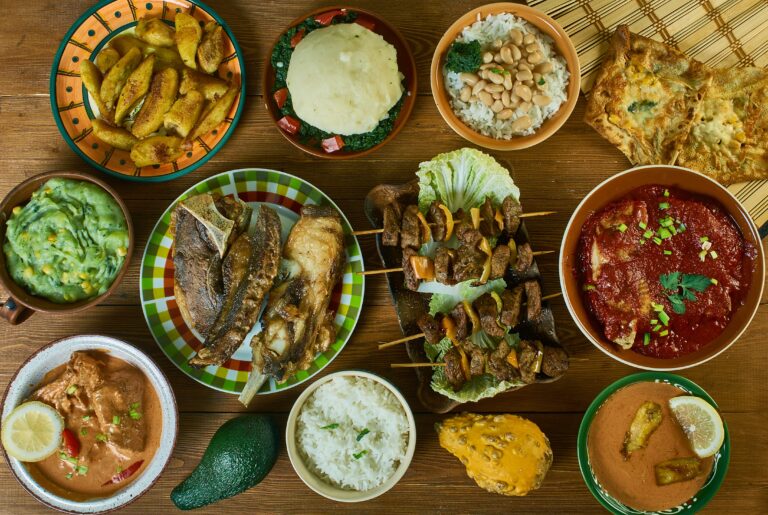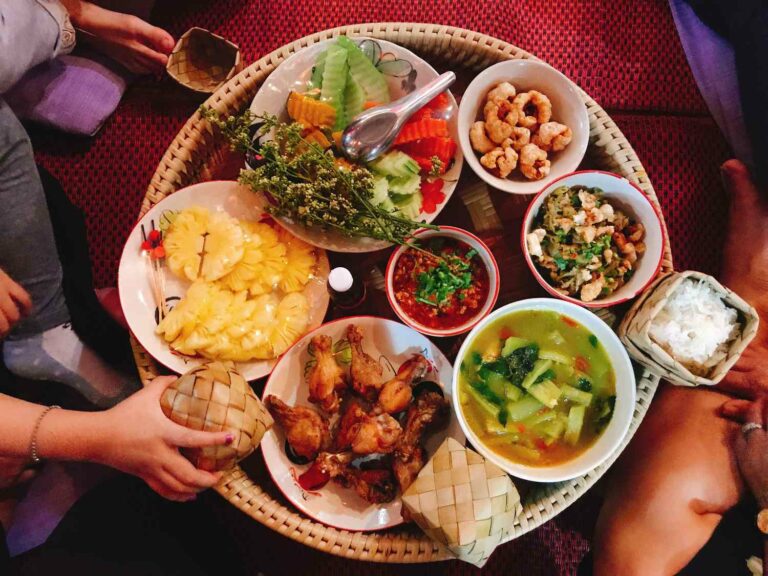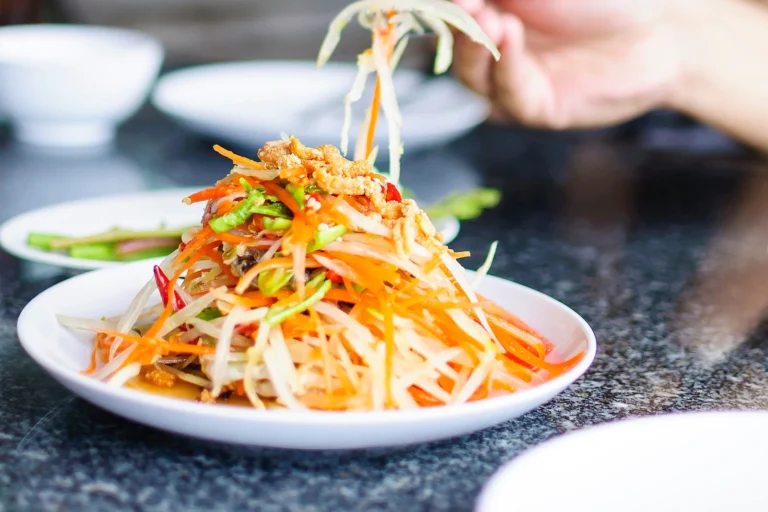Introduction: Exploring Swedish Cuisine
Swedish cuisine is known for its simplicity and use of fresh, natural ingredients. The cuisine is heavily influenced by the country’s geography and climate, with a focus on hearty, comforting dishes that are perfect for the cold and dark winters. While Swedish cuisine may not be as well known as other European cuisines, it has a rich culinary history that is worth exploring.
Salt and Pepper: The Foundation of Swedish Seasoning
Salt and pepper are the foundation of seasoning in Swedish cuisine. Simple yet powerful, these two seasonings are used in almost every dish. In fact, traditional Swedish cuisine is not known for being particularly spicy or heavily seasoned. Instead, the focus is on highlighting the natural flavors of the ingredients. Salt is used to enhance the flavor of meats, fish, and vegetables, while pepper adds a subtle kick to dishes.
Dill: A Beloved Herb in Swedish Cooking
Dill is a beloved herb in Swedish cooking, and it is used in a variety of dishes. It is particularly popular in seafood dishes, such as gravlax (cured salmon) and pickled herring. Dill is also used in sauces, soups, and salads. Its fresh, bright flavor adds a unique dimension to dishes and is a staple in Swedish cuisine.
Allspice: A Versatile Spice in Swedish Dishes
Allspice is a versatile spice that is used in many Swedish dishes. It has a warm, slightly sweet flavor that is reminiscent of cinnamon and cloves. Allspice is often used in meat dishes, such as meatballs and sausages, as well as in sweet dishes like gingerbread cookies. It is also used in pickling and marinades, adding a depth of flavor to these preparations.
Juniper Berries: A Unique Ingredient in Swedish Meat Dishes
Juniper berries are a unique ingredient in Swedish meat dishes. They have a slightly bitter flavor that is similar to pine and are often used to flavor game meats, such as venison and elk. Juniper berries are also used in traditional Swedish sausages, and they add a distinctive flavor to these dishes. While not commonly used in other cuisines, juniper berries are an essential ingredient in Swedish meat dishes.
Cinnamon: A Sweet and Savory Spice in Swedish Baking
Cinnamon is a sweet and savory spice that is commonly used in Swedish baking. It is particularly popular in sweet treats like cinnamon buns and gingerbread cookies. Cinnamon is also used in savory dishes, such as meatballs and stews, adding a warm and comforting flavor. In Swedish cooking, cinnamon is often paired with other warm spices like ginger and allspice, creating a complex and delicious flavor profile.
In conclusion, Swedish cuisine is full of delicious flavors and unique ingredients. From the simplicity of salt and pepper to the unique flavors of juniper berries, there is something for everyone to enjoy in Swedish cooking. By exploring the common seasonings and spices used in Swedish cuisine, you can gain a better understanding of the country’s rich culinary history.

